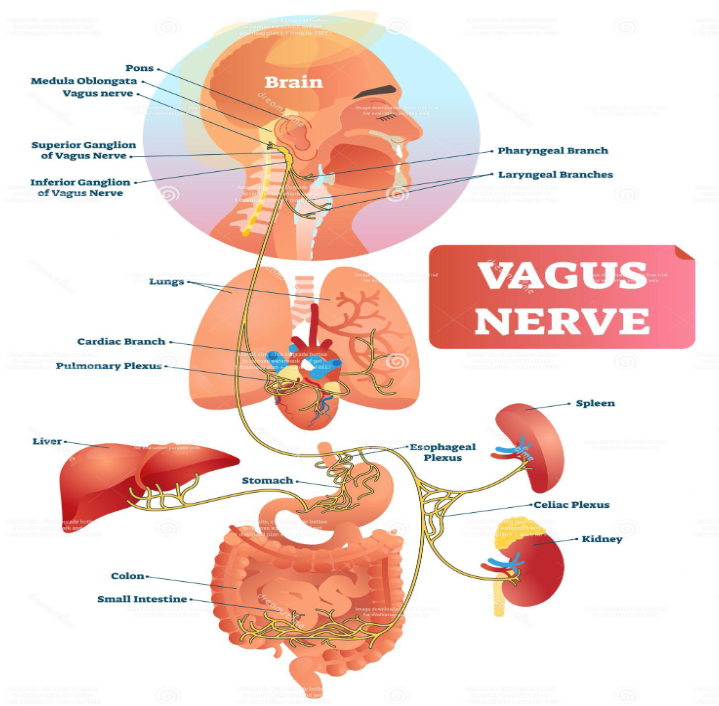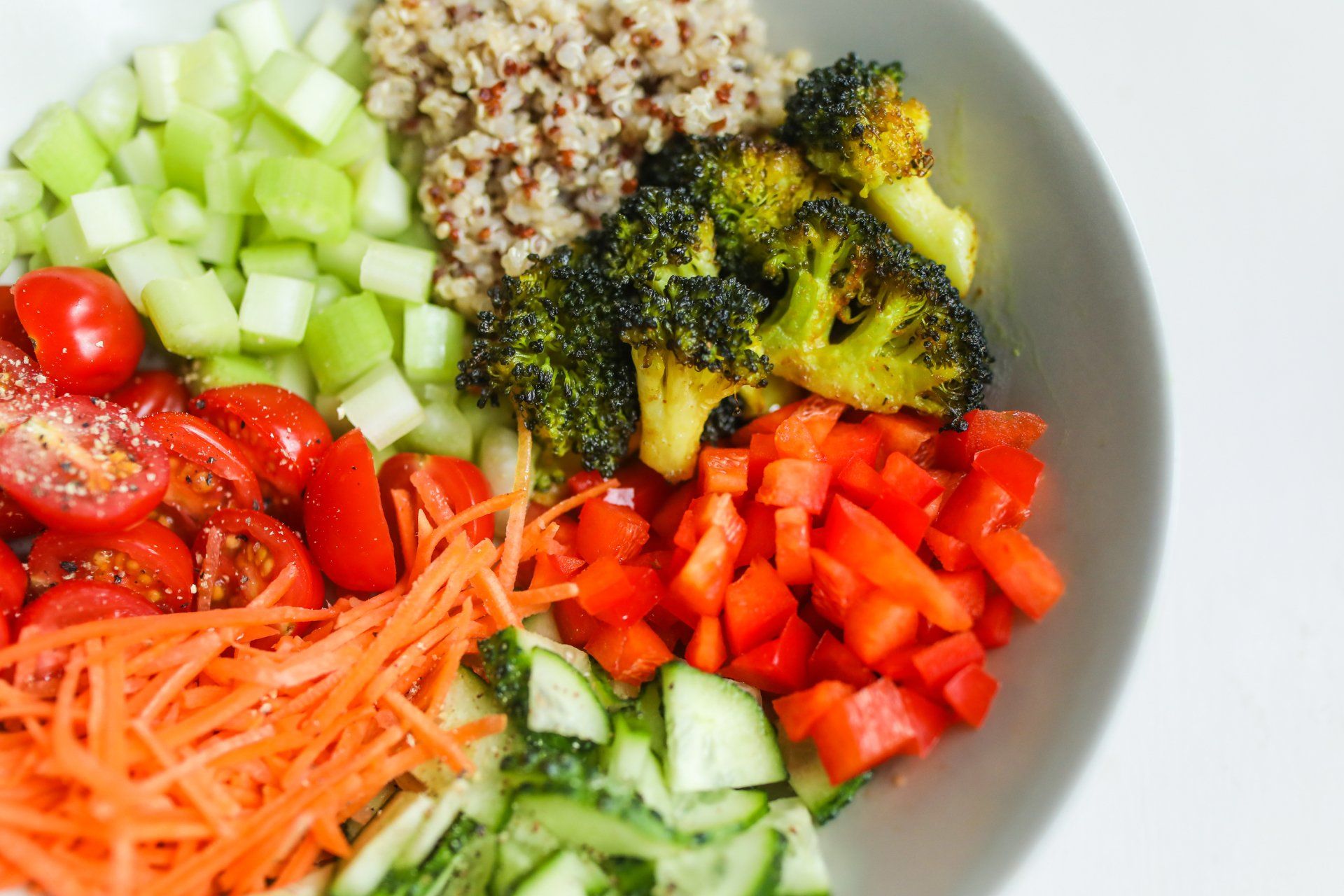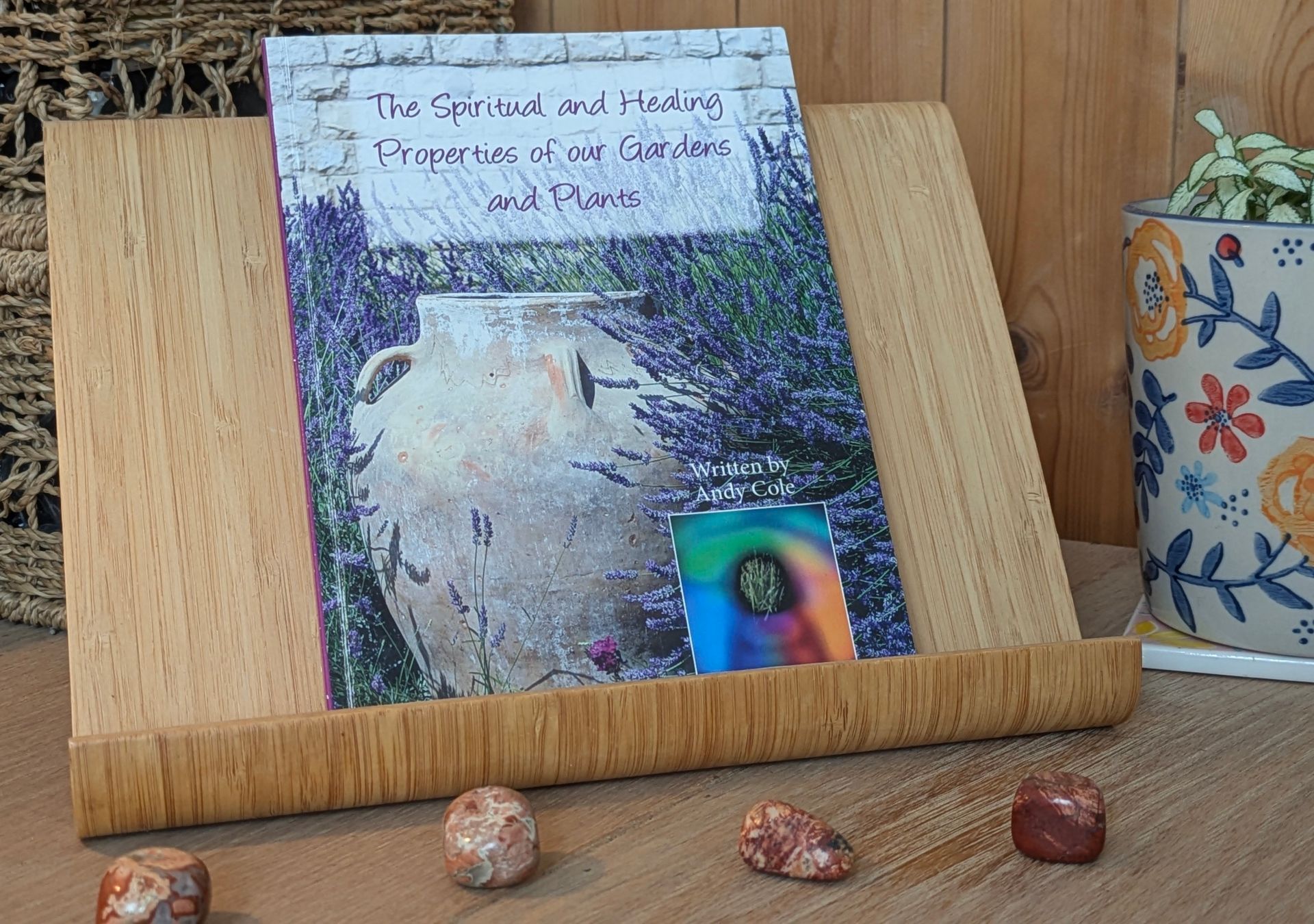Several studies have shown that chronic dysregulation and inflammation in the vagus nerve triggers chemical signals which drive overeating. There’s a lot of new emerging evidence that vagus nerve stimulation can be used to treat obesity and vagus nerve stimulation devices are now hitting the market.
But you don’t have to be obese to benefit and you don’t need a device to stimulate the vagus nerve. They’ve known this in Eastern cultures for millennia and we’re finally catching on in the West!
What is the Vagus Nerve?
The vagus nerve is the 10th cranial nerve and it’s also the longest and most complex cranial nerve. The name ‘vagus’ comes from the Latin meaning ‘wandering’ or ‘straying’.
It’s called 'The Wanderer' because it goes from the brain stem to the the throat, heart and respiratory system. Another branch then extends to the gut where it supplies the pancreas, liver gall bladder, small intestine and reproductive system. This nerve forms the key regulator of our parasympathetic - or ‘rest and digest’ - nervous system.
In recent years, we’ve learned more and more about the gut-brain axis and it’s crucial role in gut-brain communication.
The other key player in the gut-brain axis is our collection of gut bacteria - or the gut microbiome - which also send out powerful chemical signals that profoundly influence our biology.
Combined, the two play a defining role in sensing and regulating everything that’s happening with metabolism, glucose balance and appetite. They’re also key players in regulating heart rate variability (which is a key marker of health) immune signalling and inflammation, hormone health and the neurotransmitters that influence our mood.
We now know that 80% of the communication goes from our gut to our brain - whereas at one time we thought it was the other way round. The vagus nerve is the nerve key pathway in this process. However, when we live in a chronic state of stress, the vagus nerve loses its ability to kick in and we can get stuck in a state of fight or flight with no ability to switch off.
Because the gut-brain axis is a two-way street, this causes disruption to our gut microbiome. Eventually, the vagus nerve can go into a state of hypoarousal (underarousal) and ‘exhaustion’ which is a key factor in depression. This, along with the immune dysregulation that comes with vagus nerve disfunction, is thought to be a key factor in the exhaustion element of chronic fatigue, post viral illness and auto-immune diseases.
Although the biology is complicated, it’s worth remembering this: Vagus nerve dysfunction puts us at risk of type 2 diabetes, high blood pressure, weight gain, heart disease, depression anxiety and autoimmune diseases.
This is why sending ‘safety signals’ to our bodies is crucial for weight loss, metabolic health and overall physical and emotional wellbeing. We also feel much better are less prone to burnout and depression and have better regulated immunity when the vagus nerve is functioning at its best.
Six techniques to stimulate your vagus nerve
True to form, it wasn’t long after researchers found out the crucial role the vagus nerve plays in health and weight loss, they started coming up with marketable devices to stimulate vagal response. These currently retail at about £1000 each!
No doubt these have their place but the good news is you definitely don’t need a device and there are multiple techniques you can do at home to stimulate your vagus nerve with no special equipment, totally free of charge.
1. Deep breathing exercises
James Nestor said that, without proper breathing technique, any other health intervention is useless. I’m not sure I agree that other interventions are useless but breathing well is key and many of us are so stuck in a chronic fight-or-flight response that our breathing is chronically impaired.
Take some time to notice how often you hold your breath and clench your jaw. You may not but many people do and it sends out danger signals, switching the vagus nerve into ‘off’ mode.
One quick way to activate your vagus nerve is to practice a 7-11 breathing technique.
You can do this anywhere. To begin, start by focusing on tuning into your body. Where are you breathing? Are you breathing up into your chest or down into your abdomen?
Check into any tension, acknowledge it and give it permission to release. Often, just acknowledging tension is enough to start allowing it to dissipate.
When you’re ready, begin to breathe in for a count of seven. Pause for a moment and breathe out for a count of eleven. By making the out breath longer than the in-breath biological safety signals kick in and your vagus nerve comes back online.
If you think about a time in the past when a stressful or dangerous situation has passed you may recall ‘breathing a sigh of relief’. This is your body’s own way of getting your vagus nerve back into balance. We can override the need to wait for it to happen naturally by extending the out-breath.
Breathe through your nose, where possible because this allows your vagus nerve to come back online and your parasypathetic nervous system to kick in.
Mouth breathing is biologically designed for when we need to flee immediate danger. It’s an essential device but one that’s only meant to be used in situations where we need to get enough oxygen to physically flee. To breathe through your mouth is to tell your biology that danger is imminent and that it needs to be on standby. This puts it in a state of stress and chronic inflammation, which underpins all chronic ‘diseases of civilisation’, including overweight and obesity.
2. Gargling and humming
The vagus nerve supplies the throat and its muscles. When you hum or gargle you directly stimulate this nerve. Spend some time in the morning gargling with water or humming. 60 seconds of gargling or humming is enough to start ‘waking up’ your vagus nerve.
3. Cold water therapy
Research has shown that cold water therapy stimulates the vagus nerve. Even splashing cold water on your face can make a difference.
4. Eye movement
Research has shown that eye movement can stimulate blood flow to the vertebral artery and stimulate the vagus nerve as it passes through the neck. This is a central component of well-established Eye Movement Desensitisation and Reprocessing therapy which is used to treat trauma very effectively. Trauma treatment should be done with a specialist but by taking 60 seconds or so just to move your eyes from left to right, you can activate the vagus nerve. You may want to choose one of the other exercises if prone to headaches or motion sickness. You can also stimulate the vagus nerve by focusing on a near focal point followed by a distant focal point and back again.
5. Yoga
The combined movement and breathing of yoga is exceptional for developing healthy vagal tone. Humming-bee yoga breath is another excellent yogic breathing technique for vagus nerve activation.
6. Spend time in nature
One of the most pleasurable ways to reset the vagus nerve is to spend time in nature. It’s no coincidence that you feel more relaxed in green spaces. There’s now lots of evidence to support the regulating effect of nature on the vagus nerve.
‘Gut health’ and the gut microbiome
‘Gut health’ is the other key component in our gut-brain axis which affects every area of our health -including metabolic health, hormone balance, immunity mood regulation and weight regulation.
Our gut microbiome refers to the ‘gut home’ of the ‘friendly’ commensal bacterial that live within the lower part of our digestive system. The ‘good’ bacteria help to keep ‘bad’ bacteria in check.
An unhealthy balance of bacteria in the gut can cause a disruption of hunger and fullness signalling. Research has shown a link to excessive amounts of certain bacteria can affect your pituitary gland which plays a role in regulating appetite. This gland can then affect the balance of bacteria in your gut and it becomes a vicious cycle.
It’s estimated that we have anywhere between 30 and 400 trillion different bacteria in the gut and diversity of good bacteria is key to good health. Our microbiota (the types of bacteria that live within our microbiome) are unique to us and we have around 200 different species when healthy.
A few key roles of a healthy gut microbiome are:
- Regulation and synthesis of hormones and neurotransmitters
- Facilitation of absorption of vitamins and minerals and macronutrients
- Plays an essential role in regulating inflammation
- Plays an essential role in regulating the immune system
- Contributes to healthy regulation of oestrogen
- Produces some micronutrients such as vitamins B12 and K2
These helpful bacteria help you break down food in to nutrients it can use and the chemical by-products of that process known as Short Chain Fatty Acids. SCFAs play several key roles in health and there’s emerging evidence to show they also play a role in weight loss. Emerging evidence is showing that SCFAs play a role in blood sugar regulation and improved insulin sensitivity.
There is even a specific part of your gut microbiome known as the oestrobolome. The oestrobolome is a specific collection of bacterial in your gut that is capable of modulating and metabolising your body’s circulating oestrogen.
Studies have shown that in Western countries, we are likely to have an abundance of the group of bacteria known as firmicutes and fewer bacteria from the bacteriodetes group. Firmicutes thrive on a high refined carbohydrate diet and behave like ‘mini macerators’. This allows them to break down foods into their smaller components and causes us to take up more energy from our foods. Some research says that energy uptake is increased by around 12.5% with a high firmucute to bacteriodetes ratio.
A high firmicute ratio can also cause us to crave refined carbohydrates. It’s believed the bacteria use chemical signalling to facilitate this so they get access to their ‘food of choice’ which allows them to thrive.
When the gut microbiome is healthy, the oestrobolome produces optimal levels of an enzyme known as betaglucuronidase. Too much of this enzyme causes an imbalance in oestrogen.
A healthy gut microbiome needs fibre to thrive. Some simple ways of improving diversity in the gut microbiome and encouraging gut health are:
- Adding plenty of fibre from whole plant foods to your diet. Both soluble and insoluble fibre provide food that encourages a healthy and diverse gut microbiome. Most plants have both types but artichokes, chickpeas, black beans, lentils, chia seeds, flax seeds, oats, hazel nuts, broccoli, avocado, carrots and berries are high in soluble fibre. Spinach, radishes, healthy wholegrains, legumes, pulses and cruciferous vegetables are good sources of insoluble fibre.
- Only use medication when essential. Medications can seriously damage the gut microbiome. Of course, medications are sometimes essential and can be lifesaving - its over-use that causes the damage. Medications of particular concern are antibiotics, antacid medication and antiinflammatories. Always take them according to your doctor’s advice and, if you do need to take these medicines, it’s worth putting extra effort into restoring gut health afterwards.
- Eat diverse foods - think of eating a rainbow. A wide variety of plant foods will provide nourishment for a wide variety of ‘healthy’ bacteria. The different phytonutrients in plant foods appeal to different bacteria. By eating a ‘rainbow’ of coloured veg and other plants, you can ensure you’re getting the widest possible variety of phytonutrients to support your gut health.
- Limit alcohol. Alcohol can have a devastating effect on our gut microbiome - limit it where possible.
- Practice relaxation techniques: The vagus nerve directly influences our gut and our gut microbiomes. Practising the vagus nerve stimulating techniques above can have a beneficial effect on your gut microbiome.
- Limit simple sugars, refined carbohydrates and ultra-processed foods. In excess, these have a negative effect on our gut microbiomes and cause the excess growth of bad bacteria.
- Limit stress: Our gut microbiomes can trigger chemical stress signals but stress can also damage our gut and negatively impact our gut microbiomes. Stress can contribute to ‘leaky gut’ where the normally tight junctions of the large intestine walls separate, allowing toxic by products (such as lipopolysaccarides) to enter the bloodstream, causing inflammation which contributes to poor metabolic health.
- Limit exposure to environmental toxins. Easier said than done but excessive exposure to every day pollutants will negatively impact gut health.
- Exercise. Moderate - but not excessive - exercise can positively impact your gut microbiome.
Achieving true health
For me, unless we address the physical, emotional and energetic, we'll never achieve true health.
That's a big ask in a sick society that values productivity and monetary value over creativity and humanity - but I believe we still have a duty to strive for the balance we all deserve.
Article kindly contributed by Helen Mantell
Member of the Community Assembly of the British Isles

















